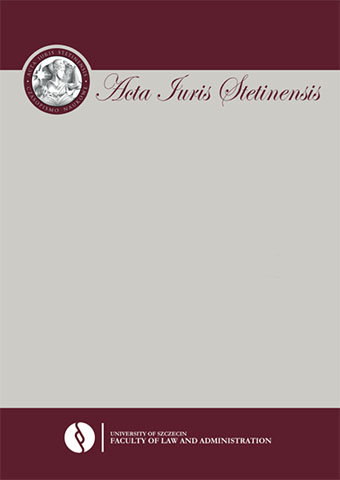| 1. | Crompton R., Lyonette C., Work-life ‘balance’ in Europe, GeNet Working Paper, 2005, No. 10. |
| 2. | Fleetwood S., Why work-life balance now? Lancaster University Management School Working Paper, 2006, No. 41. |
| 3. | Guest D., Pespectives on the study of work-life balance, Social Science Information 2002, 41:255. |
| 4. | Hildt-Ciupińska K., Work-life balance a wiek pracowników, Bezpieczeństwo pracowników, 2004, No. 10. |
| 5. | Kubot Z.., Statusy zatrudnienia sportowców profesjonalnych, System prawa pracy, tom VII Zatrudnienie Niepracownicze, in Krzysztof B. (eds.), 2015. |
| 6. | Pietras A.., O zakresie podmiotowym prawa pracy z perspektywy koncepcji work-life balance, Acta Universatatis Lodziensis, 2019, No. 88. |
| 7. | Riordan C., Work-life balance – tu nie chodzi o równowagę, https://www.hbrp.pl. |
| 8. | Robak E., Słocińska A., Równoważenie pracy z życiem osobistym pracowników jako istotny czynnik warunkujący gospodarowanie współczesnymi zasobami pracy, Studia Ekonomiczne, Zeszyty Naukowe Uniwersytetu Ekonomicznego w Katowicach, 2016, No. 257. |
| 9. | Tausig M., Fenwick R., Unbinding time: alternate work schedules and work-life balance, Journal of Family and Economic Issues, 2001, No. 22. |
| 10. | White M., Hill S. et al, High-performance’ management practices, working hours and work-life balance, British Journal of Industrial Relations, 2003, 41:2. |






